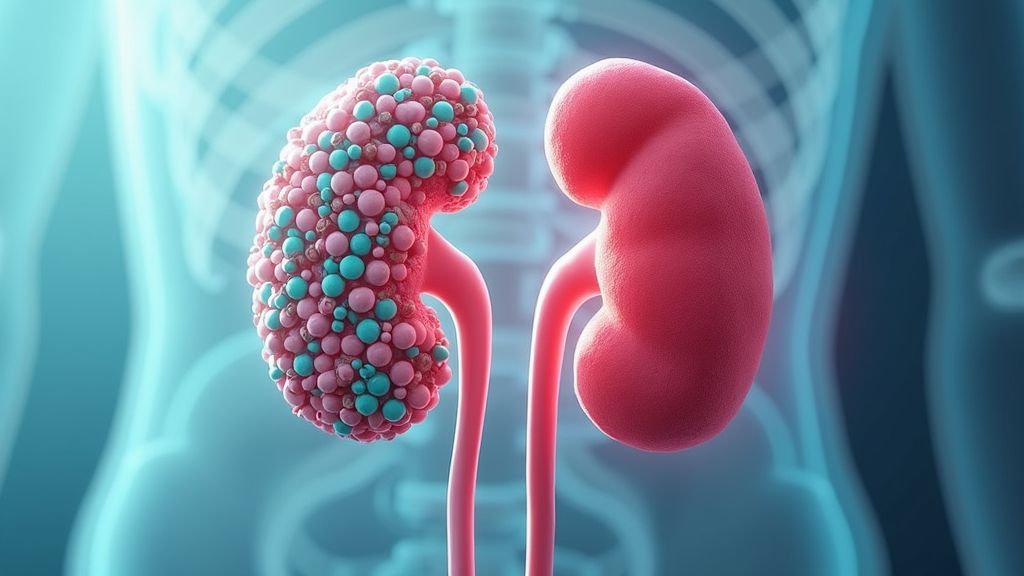As chronic kidney disease (CKD) continues to pose a significant health challenge, Jardiance has emerged as a promising medication transforming patient outcomes. This article explores the groundbreaking developments in the use of Jardiance for CKD, examining its effects, the science behind its efficacy, and the stories from patients who have experienced its benefits firsthand.

A Revolutionary Step Forward
Chronic kidney disease has long presented healthcare providers with a formidable challenge, with limited treatment options available to slow its progression. Jardiance, originally developed as a treatment for diabetes, has now entered the spotlight for its groundbreaking potential to rewrite the future of CKD management. As researchers dive deeper into its benefits, the medical community is abuzz with hopeful anticipation.
Understanding Jardiance: Beyond Diabetes
While Jardiance was first introduced as an SGLT2 inhibitor to manage blood sugar levels in patients with diabetes, its impact on kidney health prompted further examination. The drug functions by preventing glucose reabsorption in the kidneys, which lowers blood sugar but, intriguingly, also seems to offer protective benefits to the kidneys themselves. This discovery set the stage for its reevaluation as a potential therapy for CKD.
The Science Behind the Success
At the heart of Jardiance's effectiveness is its novel mechanism of action. By promoting natriuresis and reducing intraglomerular pressure, Jardiance aids in preserving kidney function over time. Clinical trials have provided compelling evidence of its ability to slow the progression of kidney disease, reduce albuminuria, and even decrease the risk of cardiovascular events in CKD patients, offering a multi-faceted approach to treatment.
Real-Life Impact: Patients' Stories
For patients like Lena Thompson, a 59-year-old librarian, Jardiance has changed the course of their fight against CKD. 'Before Jardiance, my kidney function was on a rapid decline,' Lena shares, 'but my doctors noticed a significant stabilization once I started treatment. It's given me hope and a renewed sense of normalcy.' Such stories underscore the transformative potential of this medication.
Safety and Side Effects: What Patients Should Know
As with any medication, understanding the potential side effects of Jardiance is crucial. Commonly reported side effects include urinary tract infections and increased urination frequency. While these effects are manageable, patients and doctors must work closely to monitor and address any issues that may arise. Despite these concerns, the benefits often far outweigh the risks for many CKD patients.
The Future of CKD Treatment
The introduction of Jardiance into CKD treatment guidelines has sparked a reevaluation of therapeutic strategies for managing the disease. Researchers continue to investigate further applications, including combination therapies with other medications, to optimize patient outcomes. The potential for Jardiance to delay the need for dialysis or transplantation offers a glimmer of hope for patients and caregivers alike.
Navigating a New Era in Kidney Health
Jardiance represents more than just a pharmaceutical advancement; it signifies a pivotal shift in how the medical community approaches CKD management. As research progresses and more patients gain access to this treatment, the stories of improved quality of life and prolonged kidney function become increasingly common. For those battling chronic kidney disease, Jardiance offers a beacon of hope for a healthier future.